The Role of Metagenomics in Environmental Microbiology
Introduction
Metagenomics is a branch of genomics that involves the study of genetic material derived directly from environmental samples. This field of study has revolutionized the way we understand microbial ecology and has significantly contributed to environmental microbiology. Metagenomics allows for the comprehensive examination of microbial communities without the need for individual culture of organisms, thus providing a more realistic picture of microbial diversity.
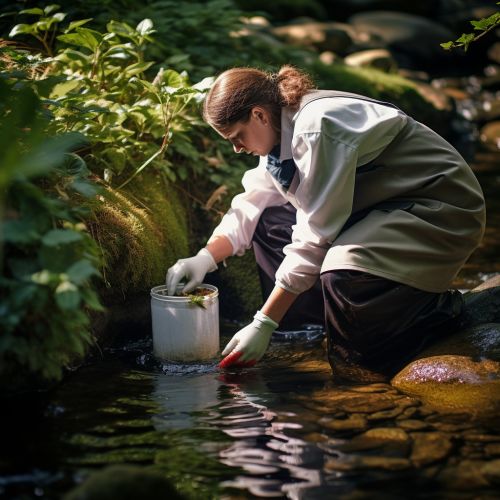

Metagenomics and Microbial Ecology
The field of microbial ecology has been greatly enhanced by metagenomics. Traditional microbiological techniques, such as culture-based methods, have been unable to capture the full diversity of microbial communities. Metagenomics, however, allows for the analysis of the collective genomes of microbial communities, providing a more comprehensive understanding of microbial diversity and function.
Microbial ecology is the study of the interactions of microorganisms with their environment, each other, and with their hosts. Metagenomics has allowed for a deeper understanding of these interactions by providing insights into the functional potential of microbial communities. This has led to the discovery of novel metabolic pathways, the identification of potential new species, and a better understanding of the role of microorganisms in various ecosystems.

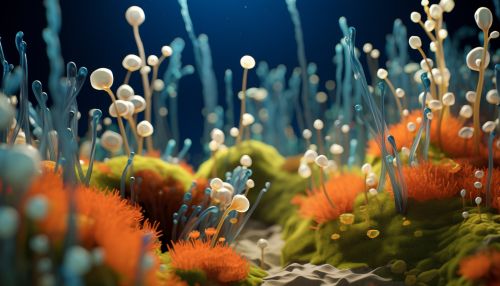
Metagenomics Techniques
There are two main techniques used in metagenomics: Shotgun sequencing and 16S rRNA gene sequencing. Shotgun sequencing involves randomly sequencing all the DNA in a sample, providing a comprehensive overview of the genetic material present. This approach allows for the identification of novel genes and metabolic pathways.
16S rRNA gene sequencing, on the other hand, focuses on the sequencing of a specific gene found in all bacteria and archaea. This gene is highly conserved, allowing for the identification and classification of microorganisms. This technique is often used to determine the composition of microbial communities.
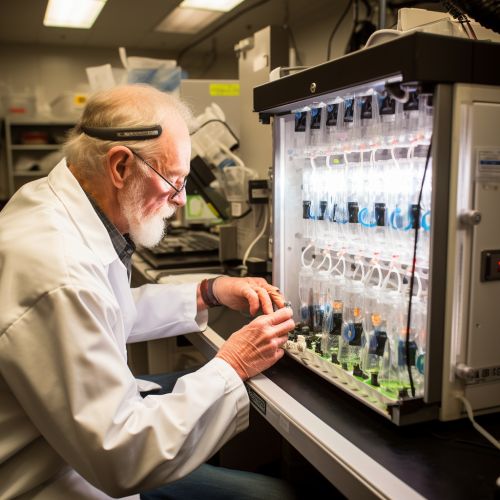
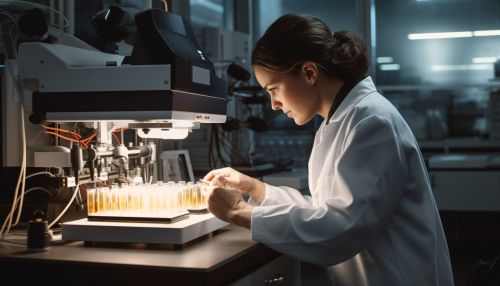
Applications of Metagenomics in Environmental Microbiology
Metagenomics has a wide range of applications in environmental microbiology, from understanding microbial community dynamics to the discovery of novel genes and metabolic pathways. Some of the key applications include:
Bioremediation
Bioremediation is the use of microorganisms to degrade or detoxify pollutants in the environment. Metagenomics can be used to identify the microbial communities present in polluted environments and to understand their metabolic potential. This can inform the design of bioremediation strategies and help predict their effectiveness.

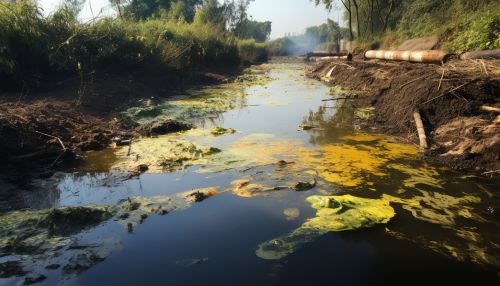
Climate Change Studies
Microorganisms play a significant role in global biogeochemical cycles, including the carbon and nitrogen cycles. Understanding the role of microorganisms in these cycles is crucial for predicting the impacts of climate change. Metagenomics can provide insights into the functional potential of microbial communities in different environments, helping to predict how they may respond to changes in environmental conditions.


Ecosystem Health Assessment
Microorganisms are key indicators of ecosystem health. Changes in microbial community composition can indicate changes in environmental conditions. Metagenomics can provide a comprehensive overview of microbial community composition and function, helping to assess ecosystem health and predict potential impacts of environmental change.


Challenges and Future Directions
While metagenomics has revolutionized environmental microbiology, there are still challenges to be overcome. These include the need for improved bioinformatics tools to analyze large metagenomic datasets, the need for standardized methods for sample collection and processing, and the need for more comprehensive databases of microbial genomes.
Despite these challenges, the future of metagenomics in environmental microbiology looks promising. Advances in sequencing technologies and bioinformatics are likely to further enhance our understanding of microbial communities and their roles in various ecosystems.


